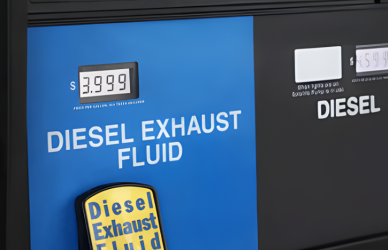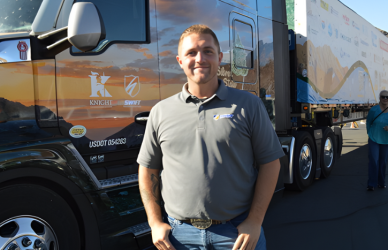At the American Trucking Associations Management Conference in Nashville, Bob Costello, the Chief Economist of ATA, shared some promising news about the trucking sector. Despite economic challenges highlighted in the ATRI’s 20th annual Top Industry Issues report, Costello noted that conditions are beginning to improve.
The industry has faced hurdles of over-capacity and low demand since the pandemic, and Costello admitted feeling “snake bitten” by a recovery that seemed elusive. “We haven’t seen normal since the pre-pandemic,” he explained. “Every cycle is different, this one included.”
While the overall economy is slowing, Costello reassured that a recession seems unlikely. Key drivers of truck freight are stabilizing, with some even showing signs of improvement. He anticipates a 2% rise in manufacturing output across sectors like chemicals and primary metals next year, with computers expected to see a 6% boost.
Consumer Behavior and Economic Trends
Post-pandemic, consumer spending shifted towards experiences over goods, but Costello observed a reversion back to pre-pandemic norms. Although housing remains challenging due to interest rate hikes, the Federal Reserve has begun reducing rates, albeit with long-term effects. “It takes a long time for decreases to work their way through the economy,” he noted.
The job market is also loosening, with monthly additions of 200,000 jobs and sustained low unemployment rates. Costello highlighted that there is approximately one job available per unemployed individual, boosting the Fed’s confidence to continue lowering rates. While fixed mortgage rates are declining, he cautioned against expecting drastic changes. “It’s not going to come down as much or as fast as the Fed Funds rate,” he remarked.
Looking ahead, Costello anticipates an uptick in home sales by 2025, with steady single-family housing starts and moderate growth in non-residential construction. Wage growth remains steady, contributing to increased purchasing power. However, he warned about record household credit card debt, which may hinder spending despite favorable delinquency rates.
Inflation has reduced to 2.4%, yet the cost of goods remains elevated, up 22% since 2020. This shift in consumer focus from services back to goods could stimulate freight movement. “Let’s go ahead and buy something,” Costello encouraged. “Remember, we haven’t bought goods in a while.”
Freight and Supply Chain Dynamics
Though freight recovery has been slow, Costello noticed signs of progress. Private fleets expanded during the pandemic, reducing available freight for hire, but as recovery continues, some carriers might exit the industry. Lenders are poised to demand repayments, potentially pushing fleets out as used truck valuations improve.
The digitization of freight has provided temporary relief to carriers, enabling quicker cash flow, albeit with negative margins. However, Costello warned that “eventually, it’s going to run out.”
While supply remains high, demand hasn’t risen enough to feel its impacts. Costello emphasized, “More companies need to fail.”
Since December 2022, around 34,000 carriers have left the market, often joining larger operators. This gradual supply-demand balance could mitigate driver shortages as freight demand rebounds.
Market and Political Pressures
The trucking industry faces pressures from both market conditions and rising costs. Revenue per mile has decreased significantly, while driver wages and operational costs hit record highs, up 35% compared to a 16% revenue increase.
Despite these challenges, Costello sees potential improvement in truck freight segments.
Source: Commercial Carrier Journal










